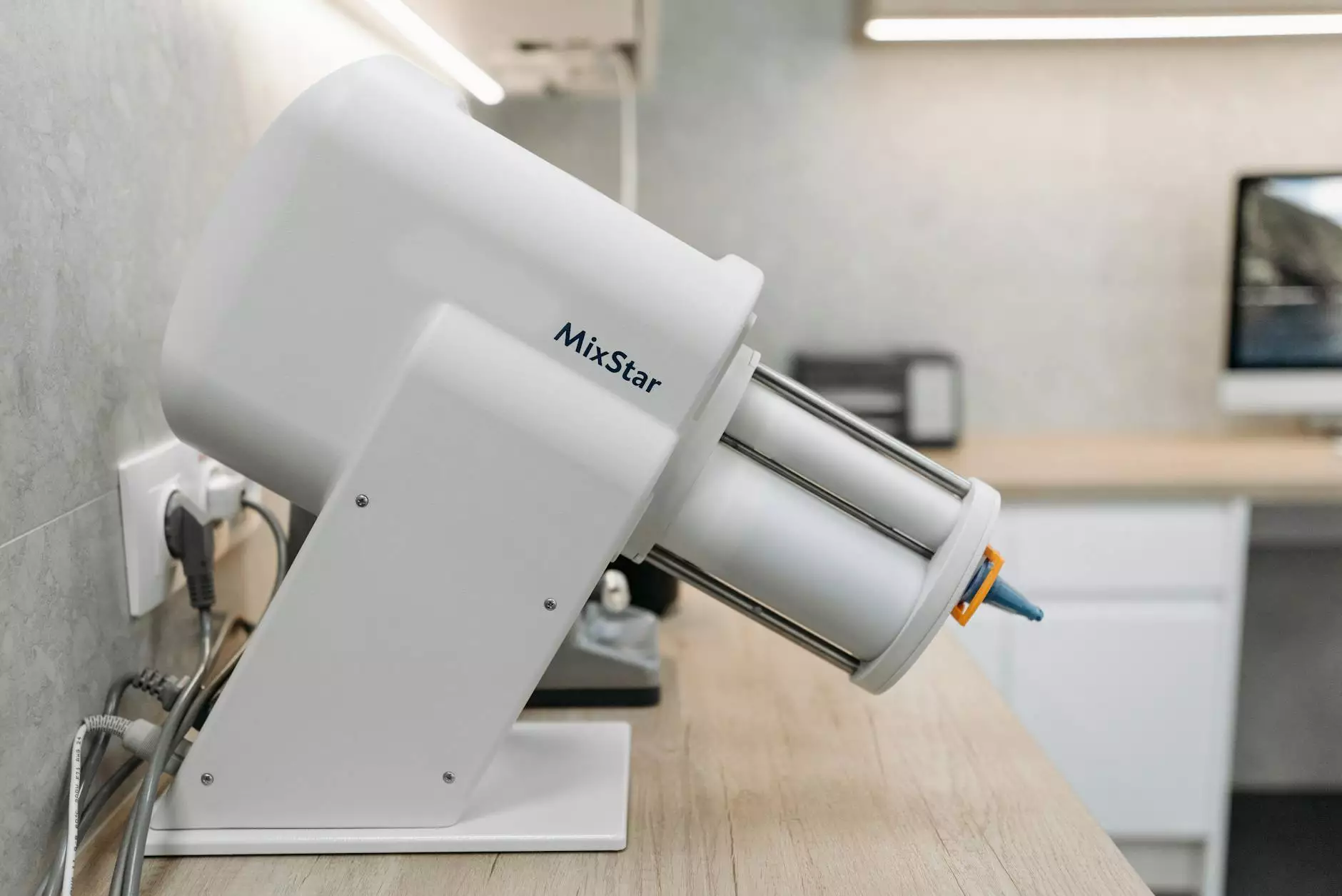The Ultimate Data Governance Toolkit: Driving Business Success

In today’s digital age, data governance has become a cornerstone of successful business operations. Organizations are inundated with data from various sources, making it imperative to manage this data effectively. The data governance toolkit offers a structured approach to ensure that data management aligns with business objectives and compliance standards.
Understanding Data Governance
Before delving into the toolkit, it’s essential to grasp the concept of data governance. At its core, data governance refers to the overall management of data availability, usability, integrity, and security. It encompasses the people, processes, and technologies involved in managing data throughout its lifecycle, from creation and storage to deletion.
The Importance of Data Governance
Effectively implementing data governance leads to various benefits, including:
- Improved Data Quality: High-quality data is crucial for informed decision-making.
- Enhanced Compliance: Companies must adhere to regulations like GDPR, making governance essential.
- Increased Efficiency: Streamlined processes lead to faster and more accurate data handling.
- Better Risk Management: Effective governance helps identify and mitigate data-related risks.
Components of a Data Governance Toolkit
A robust data governance toolkit consists of various tools and frameworks that assist organizations in establishing effective governance practices. Here are the critical components:
1. Data Governance Framework
A structured data governance framework lays the groundwork for all governance efforts. It defines roles, responsibilities, policies, and procedures for data management. Key elements include:
- Data Ownership: Assigning ownership to ensure accountability.
- Policies and Standards: Creating guidelines for data handling.
- Compliance Measures: Implementing protocols to meet regulatory requirements.
2. Data Cataloging Tools
Data cataloging tools are vital for inventorying and classifying data assets within an organization. These tools provide a comprehensive view of data sources, making it easier for users to find and use the data they need. Features often include:
- Automated Discovery: Automatically identifying data within systems.
- Metadata Management: Storing information about data to improve understandability.
- Search Functionality: Allowing users to locate data quickly.
3. Data Quality Management Tools
Ensuring the accuracy and reliability of data is crucial. Data quality management tools help in:
- Data Cleansing: Identifying and correcting errors.
- Data Profiling: Analyzing data to understand its quality.
- Monitoring: Continuously assessing data quality over time.
4. Data Security Solutions
Data governance also involves protecting data from unauthorized access and breaches. Implementing robust data security solutions includes:
- Encryption: Protecting data in transit and at rest.
- Access Controls: Defining who can access what data.
- Data Loss Prevention: Ensuring sensitive data is not lost or accessed improperly.
5. Training and Awareness Programs
Successful data governance hinges on the involvement and understanding of all stakeholders. Implementing training and awareness programs ensures that everyone in the organization understands the importance of data governance and their role in it.
Implementing Your Data Governance Toolkit
Once you have identified the critical components of your data governance toolkit, the next step is implementation. Here’s a structured approach:
1. Assess Current State
Evaluate your existing data management practices. Identify gaps in governance and areas for improvement. This assessment will guide your toolkit selection and customization.
2. Define Governance Objectives
Establish clear governance objectives aligned with business goals. Consider what you hope to achieve with your data governance efforts, whether it’s improved compliance, enhanced data quality, or better decision-making.
3. Customize Your Toolkit
Select tools that best fit your organization’s needs. Modify the frameworks, tools, and processes based on your specific circumstances. There’s no one-size-fits-all solution, so tailor your toolkit accordingly.
4. Engage Stakeholders
Involve key stakeholders throughout the implementation process. Ensure that executive leadership, data owners, and operational staff are all aligned and committed to the governance objectives.
5. Monitor and Improve
Once implemented, continuously monitor the effectiveness of your data governance toolkit. Gather feedback, analyze data management performance, and make adjustments as necessary to optimize your governance practices.
Success Stories: Data Governance in Action
Many organizations have experienced transformative results through the implementation of a data governance toolkit. Here are a few notable success stories:
Case Study 1: Financial Services Firm
A leading financial services firm faced data quality issues that jeopardized compliance with regulatory standards. By implementing a personalized data governance toolkit, they assigned data stewards for each domain, utilized data profiling tools, and introduced strict data access protocols. As a result, they achieved a 40% reduction in data errors and improved their compliance posture significantly.
Case Study 2: Healthcare Organization
A healthcare organization struggled with siloed data across departments, hindering patient care. With a comprehensive data governance framework and cataloging tools, they established a centralized data repository. This initiative enhanced data sharing among departments, improved patient records accuracy, and contributed to better health outcomes.
Future Trends in Data Governance
The landscape of data governance is continually evolving. Here are some future trends that will shape the management of data in the coming years:
1. Increased Automation
Automation will play a vital role in data governance. By automating data cataloging, quality checks, and compliance monitoring, organizations will be able to reduce manual effort and increase efficiency.
2. Data Privacy Focus
With regulations like GDPR and CCPA becoming more prevalent, data privacy will remain a top priority. Organizations will need to adapt their governance frameworks to comply with these regulations while fostering a culture of security and transparency.
3. Integration of AI and Machine Learning
Integrating AI and machine learning into data governance tools can enhance data profiling, anomaly detection, and predictive analytics capabilities, allowing organizations to gain deeper insights and maintain data quality automatically.
4. Collaboration Across Departments
As organizations recognize the interconnected nature of data, cross-departmental collaboration will become increasingly necessary. Business units will need to share data more effectively and engage in cooperative governance efforts.
Conclusion: Your Path to Effective Data Governance
In conclusion, a comprehensive data governance toolkit is integral to a successful data strategy. It empowers organizations to manage data effectively, ensuring quality, security, and compliance. By understanding the components, implementation strategies, and future trends of data governance, businesses can leverage their data as a strategic asset, driving growth and innovation in today's competitive landscape.
Embrace the data governance toolkit that best suits your organization’s needs, and set your business on the path to success. Remember, in a world where data drives decisions, effective governance is not just a necessity—it's a competitive advantage.









